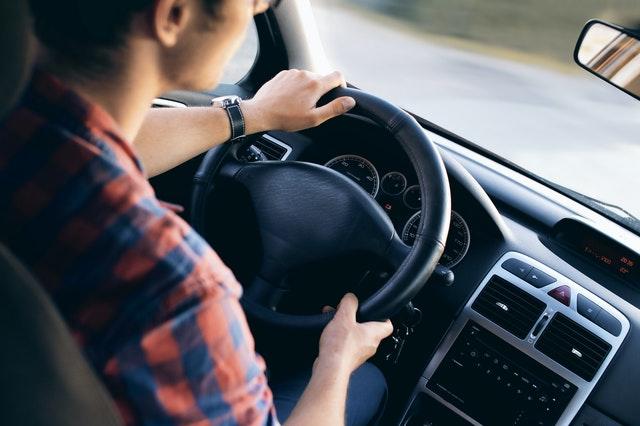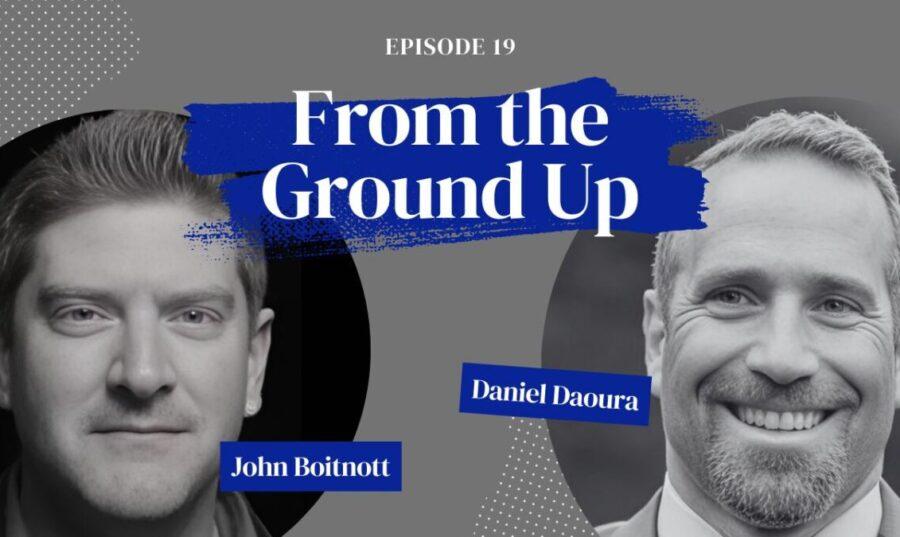How Our Love of Driving is Changing , and How Entrepreneurs Can Act On It

According to a consumer survey conducted by McKinsey earlier this year, the ongoing health crisis altered the driving behavior of Americans by decreasing how often we drive. However, this shift is really just the continuation of a trend. America’s love affair with cars was heading toward a break-up — or a temporary break at the very least.
Cracks began to appear in this relationship even before a 2016 Zipcar survey of millennials that showed a preference for ride-share services over the debt and overall costs of owning a vehicle.
Fast-forward to 2020, where the majority of vehicles have been sitting in driveways for weeks and months at a time. Drivers may look at their cars, now being used far less but yet still costing money. Many might reconsider how much they want to spend on future vehicle purchases.
In fact, numerous signs point to the conclusion that our country’s relationship with vehicles may never be the same again.
Rising used purchases
According to June 2020 statistics from auto warranty provider Olive, people are buying more used cars (as opposed to new ones). They’re increasingly doing so online. A used car that’s only a few years old can save purchasers 30 to 50 percent compared to a new car.
The shift in buying preferences to used car purchases includes those who used to ride the subway train, or bus systems, according to a May 2020 Ipsos poll. That highlights lingering concerns over the health and safety of public transport. Nearly half the survey’s respondents predicted that they would be driving more once they return to work at physical offices.
Changing work environments and lifestyles affect driving
How we now work and live might drive the evolution of our perspective on driving and personal vehicles. For example, millions of people may permanently transition to remote work. Twitter, Square, Google, and other big companies are now letting most or all employees work remotely. This could be permanent for many companies.
The added convenience of delivery, errand, and ride-share services has changed our perspective too. These services can accomplish a lot of the tasks we previously used vehicles to perform daily.
New vehicle rental models may also reduce reliance on driving and car ownership. For example, the automotive subscription-based startup Fair provides used cars for as long as the user needs one. All a consumer has to do is make an upfront payment and pay a monthly subscription fee.
Unlike a vehicle lease, the Fair user can then terminate the subscription at any time, which can help workers who still need to drive into a physical location but don’t want to risk the health and safety concerns many now associate with public transit.
Time for industry change and innovation
This shift in the relationship between American consumers and their vehicles is an opportunity for entrepreneurs to develop solutions with these trends in mind. Simultaneously, those new solutions can put some healthy pressure on the auto industry to change its model and innovate processes for vehicle development, manufacturing, and service delivery.
When it comes to vehicle purchases and trade-ins online, one of the biggest challenges has been carrying that online experience all the way through to delivery. Moreover, traditional automakers may be afraid to give up the showroom model, which is all they have ever known.
Carvana, Vroom, CarMax, and Tesla show vehicle manufacturers what the online vehicle trade-in and purchase with delivery can look like. They’ve proved that this approach is possible thanks to digital sales tools and personalization of customer digital experience. Some brands are starting to catch on, including GM’s “Shop.Click.Drive.” program for home or office vehicle delivery. Ford also offers vehicle delivery through many of its dealerships.
Many in the auto industry are also finding solutions for current health and safety concerns. A paperless, digital approach to purchase forms may become the norm. No-contact or touchless delivery with delivery alerts through an app may also find greater popularity. In return, it seems as though more consumers are becoming comfortable with the idea of online vehicle purchases.
Startups and big automakers mix in new ways
With challenges and the need for change, there is considerable potential for entrepreneurs and startups to disrupt the auto industry.
From startups that are guiding the development of autonomous vehicles and components to augmented reality that projects maps onto the windshield, there are opportunities to ensure vehicles remain an integral part of American life. This automotive innovation also includes introducing changes to vehicles that can help reduce accidents and road deaths. It also involves adding features like in-vehicle payments to facilitate on-demand orders and curbside pickups.
These acquisitions include BMW’s purchase of ParkMobile for its mobile parking payments platform and Daimler’s purchase of ride-sharing app Flinc. Additionally, Ford has purchased companies that help with vehicle connectivity and data transmission. Meanwhile, the PSA Group acquired a used-car sales platform and Volvo added an online car marketplace.
A driving relationship in flux
Whether used or new, with a human driver or an autonomous one, driving will continue to be with us for the foreseeable future. And like any relationship, our relationship with vehicles will change over time. It’s up to automakers and startups to add excitement and relevancy back into the relationship. That way they’ll have a better shot of keeping us engaged.
Thanks for reading! Sign up to get my stories and online courses by clicking here.



